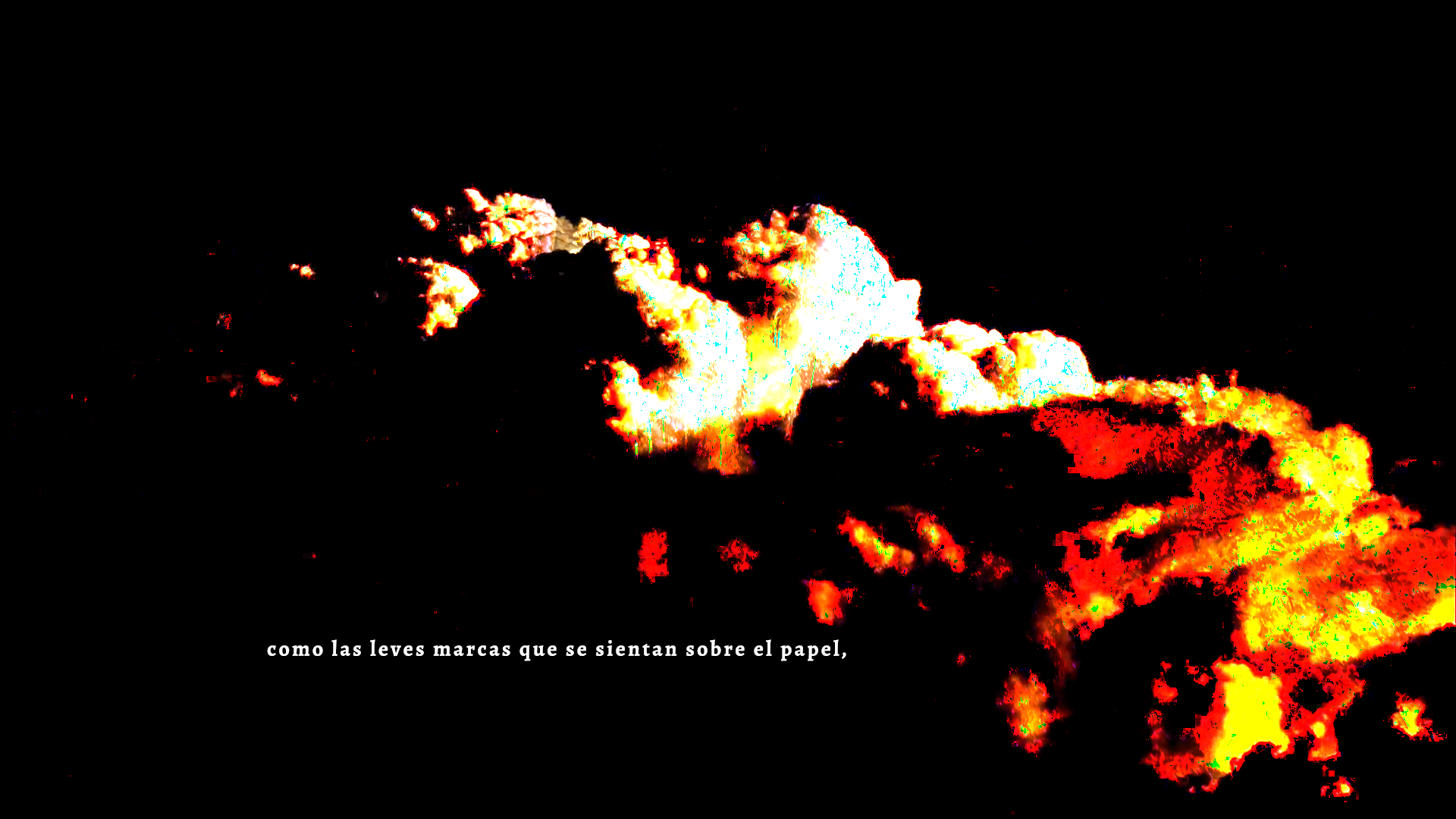|
|
U N T I T L E D 2 . 0 [ 2 0 1 9 ]
Sin TITULO 2.0 es una instalación interactiva que plantea un espacio
virtual-analógico, una perspectiva del espacio virtual del internet,
en donde el usuario al ingresar esta para a transformarse de manera
metafórica en información. Esta información no tiene un rasgos
característicos sino que difiere en el mundo real con los personas,
para la cibernética solo somos información cuantificables (ontología
de la factualidad) que vista desde esta perspectiva(N. Weinner, 1958)
esta es impersonal, esta no permite adquirir el dinamismo vocacional del ser,
en Jaramillo-Gaviria (2018): “consideramos que la ontología de la factualidad,
con la cual opera la cibernética no da espacio para comprender al hombre como persona,
pues lo personal hace referencia a una realidad cualitativa que difiere ontológicamente
de la realidad cuantitativa”. En la instalación la persona una vez “transformada”
en datos se pasea por el mundo virtual, este será identificado por medio de sensores ultrasónicos
ultrasónicos ubicados en lugares determinados en el espacio que permitirán
identificar la posición de la persona, en el centro de procesamiento en tiempo real,
y posteriormente esta enviara un mensaje de respuesta a los periféricos de salida
(tanto al módulo de relés y los altavoces) para que cumplan una determinada acción.
|
|
U N T I T L E D 2 . 0 [ 2 0 1 9 ] Sin TITULO 2.0 is an interactive installation that proposes a virtual-analogical space, a perspective of the virtual space of the Internet, where the user when entering is to transform in a metaphorical way into information. This information does not have a characteristic features but differs in the real world with people, for cybernetics we are only quantifiable information (factuality ontology) that seen from this perspective (N. Weinner, 1958). In Jaramillo-Gaviria (2018): "we consider that the ontology of factuality, with which cybernetics operates, does not give space to understand man as a person, since the personal refers to a qualitative reality that differs ontologically from quantitative reality". In the installation, the person, once "transformed" into data, walks through the virtual world, this will be identified by means of ultrasonic sensors located in specific places in the space that will allow the person's position to be identified, in the processing center in real time, and later the person will send a response message to the output peripherals (both to the relay module and the loudspeakers) so that they can carry out a specific action. The use of real-time processing allows us to use the concept of second order cybernetics or "feedback", developed by Weinner, which frames that the machine to receive an information this happens to be stored, processed and get an updated response considering the messages received and the new, taking this concept to the installation the information obtained from distance sensors, already processed could be estimated which could be the next possible steps of the performer (taking into account in the programming the limitations and possible outputs that this can make). With the message sent in the case that is used in the relays this one will determine the lights that will be turned on around the user according to his movement, likewise with the message that was sent to Pure Data, in which it will activate and deactivate a certain audio output in search of the specialization of the sound.
|
|
 El Ocaso de la Mente y El Alba del Abstracto, 20019. 1920x1080 px. Video Ensayo formato FULL HD 3:19 Min.
El Ocaso de la Mente y El Alba del Abstracto, 20019. 1920x1080 px. Video Ensayo formato FULL HD 3:19 Min.